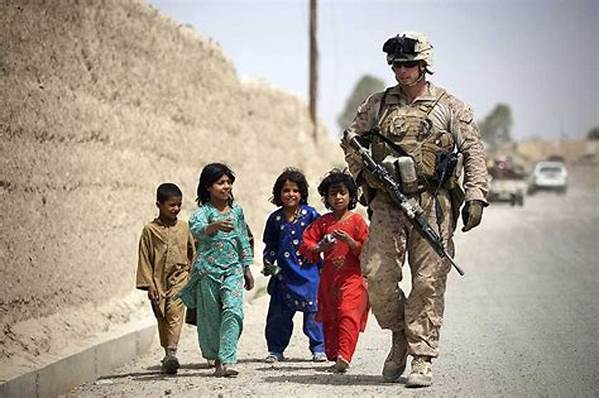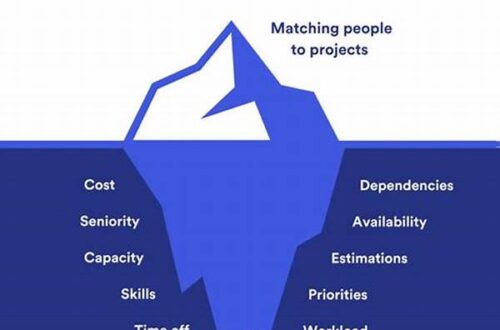The issue of child protection in armed conflict areas remains a critical global challenge that requires urgent attention and concrete action. Children caught in armed conflict are deprived of their basic rights and often subjected to severe violations that threaten their survival, well-being, and development. The international community must prioritize efforts to safeguard children in these vulnerable situations by strengthening protective measures and adhering to international laws designed to shield them from the ravages of war. Effective child protection encompasses not only the prevention of recruitment and exploitation but also the provision of necessary support for their physical and psychological recovery.
The Current Challenges in Child Protection in Armed Conflict Areas
Over recent years, the complexity and frequency of armed conflicts have escalated, creating dire conditions that undermine child protection in armed conflict areas. Attacks on schools and hospitals, abductions, and other grave violations have become alarmingly common, complicating the delivery of humanitarian assistance. Moreover, the recruitment of children as soldiers and their abuse for tactical purposes remain pervasive practices in war zones. Addressing these challenges is vital, necessitating comprehensive interventions that leverage both international legal frameworks and local community engagement.
In aiming to strengthen child protection in armed conflict areas, key stakeholders, including governments, non-governmental organizations (NGOs), and international bodies, must collaborate effectively. This cooperation should focus on enforcing compliance with international treaties such as the United Nations Convention on the Rights of the Child and its Optional Protocols. Emphasizing education as a protective and preventive measure is also critical, as it can offer a sense of normalcy and hope amid chaos. The mobilization of community resources alongside global advocacy is essential to ensure that children receive the necessary tools to overcome the adverse impacts of the conflict and to facilitate their reintegration into society.
Key Strategies for Enhancing Child Protection in Armed Conflict Areas
1. Strengthening legal frameworks remains paramount in advancing child protection in armed conflict areas by ensuring accountability for violations against children’s rights.
2. Child protection in armed conflict areas requires the establishment of safe zones where children can access education and healthcare without risk of attack.
3. Empowering local communities through awareness and training programs enhances child protection in armed conflict areas by fostering resilience and protective environments.
4. Collaboration between international organizations and local agencies is essential in providing holistic support for child protection in armed conflict areas.
5. Mental health support is a critical component of child protection in armed conflict areas, aiding children in recovering from trauma and reintegrating into their communities.
The Role of International Law in Child Protection in Armed Conflict Areas
International law plays a fundamental role in underpinning child protection in armed conflict areas. It establishes benchmarks for the protection of children and delineates obligations that states and non-state actors must adhere to during conflicts. Instruments like the Convention on the Rights of the Child set forth comprehensive guidelines that advocate for the safeguarding of children’s rights worldwide. These guidelines encompass protection from violence, exploitation, and abuse, which are often exacerbated in conflict situations.
Despite these robust legal frameworks, enforcement remains a significant hurdle in many regions. The challenge lies in translating these laws into irreversible changes on the ground to bolster child protection in armed conflict areas. Hence, stronger mechanisms to monitor adherence and penalize breaches are essential. International courts, advocacy groups, and diplomatic channels must work in concert to procure accountability and justice for violations. It is imperative that states are both willing and able to conform to international standards in their treatment of children amidst warfare, thereby enhancing their protection and future prospects.
Practical Interventions to Enhance Child Protection in Armed Conflict Areas
To effectively address the multifaceted nature of child protection in armed conflict areas, several interventions are crucial. First, the establishment of education programs tailored to the needs of children in conflict zones provides not only education but also a semblance of normalcy and hope. Second, healthcare initiatives that cater specifically to war-affected children are vital, including access to mental health and trauma recovery services.
Efforts must also include demobilization and reintegration programs for child soldiers, ensuring they are equipped with skills necessary for life outside armed groups. Community-based protection mechanisms are integral to child protection in armed conflict areas as they promote localized engagement in safeguarding children’s rights. Lastly, continuous advocacy at international and national levels is essential to maintain focus on these children’s plight and to galvanize political will for substantive change.
Educational Initiatives in Child Protection in Armed Conflict Areas
Education emerges as a powerful vehicle for ensuring child protection in armed conflict areas. By providing access to education, children are shielded from recruitment by armed groups and form the foundation for their future reintegration into society. Education programs must adapt to the unique challenges and shifting landscapes of conflict settings, ensuring flexibility to serve diverse needs and contexts.
Investment in education in these regions must be palpable and sustained. This commitment involves not just the financial resources to build and maintain schools but also the concerted effort to create curricula that resonate with the lived experiences of conflict-affected children. Trained educators who are sensitive to trauma and adept in delivering psychosocial support are essential to enhance the learning environment. Through education, children gain critical tools and perspectives to build peaceful futures, ultimately contributing to long-term societal recovery and resilience.
Community Engagement and Child Protection in Armed Conflict Areas
Community engagement represents a cornerstone of child protection in armed conflict areas, promoting resilience and longevity of protective measures. Local communities possess the nuanced understanding and social cohesion required to implement effective safeguarding strategies, thus bridging gaps between international mandates and local realities. Collaborative partnerships that involve local leaders and stakeholders in designing, implementing, and monitoring child protection initiatives ensure these efforts are contextually appropriate and sustainable.
Promoting community-based child protection strategies includes fostering environments where children’s voices are heard and considered in decision-making processes. Empowered communities, with robust support from external partners, can provide a protective network that not only addresses immediate needs but fosters long-term recovery and stability. Therefore, building and maintaining strong community ties are pivotal in creating a protective ecosystem for children amid the adversities of conflict.
Conclusion
The pressing issue of child protection in armed conflict areas demands sustained international commitment, collaborative partnerships, and an unwavering focus on the rights and needs of children. Despite existing legal frameworks and initiatives, the stark realities on the ground often reveal gaps between policy and practice, necessitating a multi-faceted approach that encompasses legal, educational, and community-based strategies. Addressing these challenges head-on is vital for ensuring that children caught in the ravages of conflict have the necessary support to heal and rebuild their lives.
In pursuing child protection in armed conflict areas, it is crucial that the international community remains steadfast in its efforts to hold violators accountable, thereby reinforcing the sanctity of children’s rights even amid warfare. The collective will of nations, organizations, and communities to invest in the future of these children can foster a world where children are safeguarded against the horrors of armed conflict. In achieving such an objective, a concerted and informed approach is indispensably required, reflecting both the critical importance and the inherent complexity of protecting the world’s most vulnerable in the most volatile of settings.





